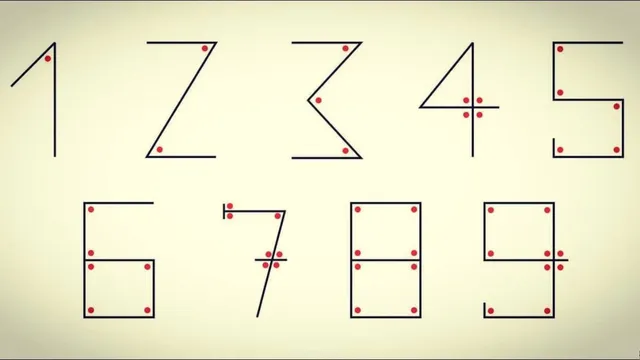- By Shailvee Tiwari
- Mon, 02 Jun 2025 11:15 AM (IST)
- Source:JND
Today's Google Googly: Imagine a world where people couldn’t easily count beyond a few tens. No long bills, no phone numbers, no easy ways to measure or calculate. Just confusion and guesswork. That’s how life once was until a group of brilliant minds in ancient India quietly changed everything. Before today’s modern banking, science and technology systems existed, Indian thinkers had already laid the foundation by creating something incredibly powerful: a simple way to write numbers. These numbers, which we now call 0 to 9, didn’t just stay in India, they traveled across continents, passed through many hands, and became the number system the entire world now uses.
How It All Began In India?
Over 2,000 years ago, people in India were already using a set of symbols to represent numbers. These early signs, called Brahmi numerals, appeared on stone inscriptions and coins. But they weren’t just symbols, they were part of a smarter system. Indian mathematicians developed the idea of placing numbers in positions where their value would change depending on where they appeared. This is known today as the decimal system.
But the real twist came with something the rest of the world didn’t know how to handle: zero. To other civilisations, the idea of 'nothing' was confusing. But Indian scholars didn’t shy away. They gave it a name, a symbol, and rules. They made zero a hero.
Zero: India’s Silent Superpower:
One of the most important moments in math history happened in India in the 7th century, when the scholar Brahmagupta clearly wrote about zero, not just as a blank space but as a number with its own power. He showed how zero could be used in calculations, which opened up endless possibilities in mathematics. Without zero, you couldn’t do anything from long division to writing computer code today.
The Journey Through the Islamic World:
Indian ideas didn’t stay locked in one part of the world. They traveled west, especially during a time when the Islamic world was growing as a center of learning. In places like Baghdad, scholars translated Indian math texts into Arabic. These thinkers admired the Indian system and helped spread it further.
One famous mathematician, Al-Khwarizmi, studied Indian numbers and explained how to use them in calculations. His work became so influential that it even gave us the word 'algorithm.' Thanks to him and many others, Indian numerals became known across the Arab world as 'Hindu numbers.'
How Europe Discovered The Magic Of These Numbers:
Centuries later, these numbers caught the attention of a man named Fibonacci in Italy. While traveling in North Africa, he learned about the number system used by Arab merchants and scientists. He saw how fast and easy it made calculations compared to the clumsy Roman numerals Europe was using at the time.
In 1202, Fibonacci wrote a book called Liber Abaci, where he introduced this number system to Europe. Though people were slow to accept it—some even banned it, thinking it was too strange or dangerous, it eventually caught on. Its usefulness in trade, finance, and everyday math couldn’t be ignored. And once the printing press was invented, the new numbers spread across Europe like wildfire.
Why We Call Them Arabic Numerals?
So, if these numbers were born in India, why do we call them 'Arabic numerals?' It’s because Europeans first saw them in books written by Arab scholars. That’s how they entered Europe, not directly from India, but through the Arab world. Interestingly, even today, many Arabic-speaking countries still call them 'Hindu numerals,' giving credit to where it’s truly due.
A Gift from India To The Whole World:
The numbers we use today are more than just tools, they prove how knowledge moves, grows, and connects people. What began in ancient India shaped the way we do everything from solving equations to building computers. These digits helped create modern science, business, and technology.

